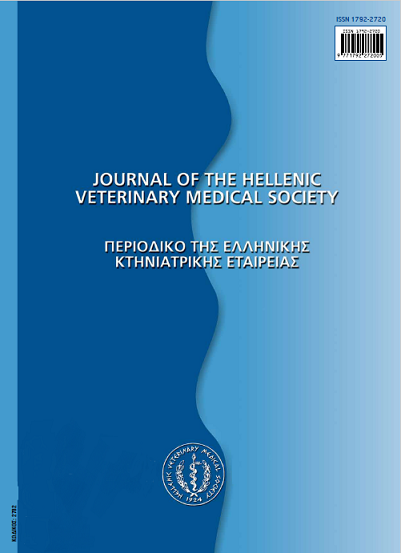Influenza in birds, pigs and humans: how strong is the species barrier?

Abstract
The recent epizootics of the highly pathogenic H5N1 avian influenza in poultry and the occasional infections of humans and other mammals, including pigs and felines, have alerted the international scientific community. New questions over the interspecies transmission of influenza viruses have been raised and the role of the pig as a "mixing vessel" of avian and human viruses has been criticized. The major aim of this review is to evaluate the zoonotic potential of avian and swine influenza. Interspecies transmissions of influenza viruses are rare virus-evolution events and very few viruses have succeeded to become established in new host species. Until the appearance of the H5N1 virus in 1996 only 3 cases of humans infected with avian viruses were recorded. The lack of human-to-human transmission of H5N1 demonstrates that extensive changes in the virus genome are required in order to overcome the species barrier. Although avian influenza viruses have been isolated from pigs, only in one occasion an avian H I N I virus transmitted from wild ducks to pigs was able to further spread in the swine population. The susceptibility of swine to highly and low pathogenic avian viruses has been confirmed in experimental studies, but pig-to-pig transmission has not been demonstrated. Experimental and natural transmission of highly pathogenic avian viruses to felines, mice, ferrets and maqacues are also discussed, showing the major differences in the virus pathogenesis among different mammalian species. The study of this pathogenesis may offer insights to the reasons of limited virus spread within a new host. We may conclude that, contrary to common believes, the species barrier remains a serious obstacle for the spread of novel influenza viruses in new host species, including humans. Our experience with H5N1 and H7N7 has tested old established theories, proving them insufficient. Further study of the factors which influence and limit the transmission of influenza viruses from one species to another is needed to better understand and evaluate the risk of the emergence of new pandemic influenza viruses.
Article Details
- How to Cite
-
van REETH, K., De VLEESCHAUWER, A., & KYRIAKIS, C. S. (2017). Influenza in birds, pigs and humans: how strong is the species barrier?. Journal of the Hellenic Veterinary Medical Society, 58(3), 208–219. https://doi.org/10.12681/jhvms.14986
- Issue
- Vol. 58 No. 3 (2007)
- Section
- Short Communication
Authors who publish with this journal agree to the following terms:
· Authors retain copyright and grant the journal right of first publication with the work simultaneously licensed under a Creative Commons Attribution Non-Commercial License that allows others to share the work with an acknowledgement of the work's authorship and initial publication in this journal.
· Authors are able to enter into separate, additional contractual arrangements for the non-exclusive distribution of the journal's published version of the work (e.g. post it to an institutional repository or publish it in a book), with an acknowledgement of its initial publication in this journal.
· Authors are permitted and encouraged to post their work online (preferably in institutional repositories or on their website) prior to and during the submission process, as it can lead to productive exchanges, as well as earlier and greater citation of published work.



